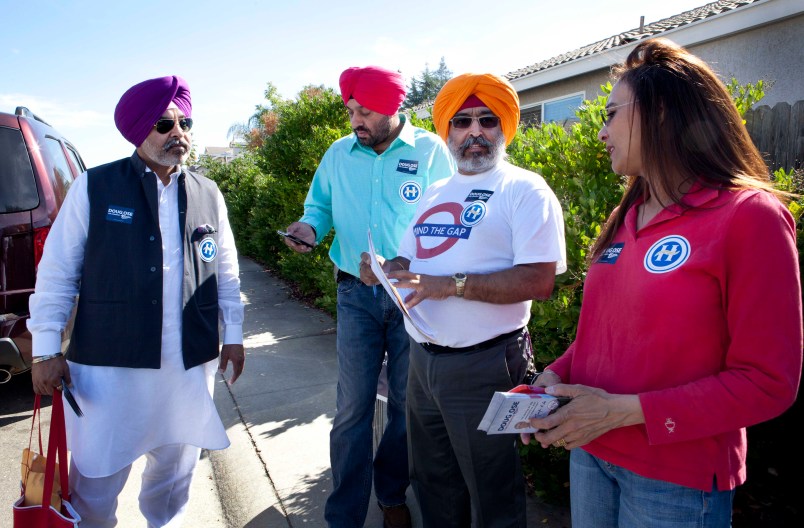Perhaps I’ll regret doing this. The topic is so fraught that maybe it makes no sense for a uninvolved bystander to discuss it at all. But today we have yet another story about a Sikh man attacked in what appears to be a hate crime. This phenomenon started right after 9/11 (I’m sure it happened earlier but presumably not so frequently) and appears to spike when the country gets more agitated or afraid about terrorism.
Obviously, these are individual attacks which inflict some mixture of physical assault, pain and in some cases even death on a specific individual. Beyond that, as intended, they spread a penumbra of fear and menace far beyond the victims who are directly affected. But on a public level they have a unique resonance since they capture something we expect about attackers or perhaps an assumption that we see confirmed, which is the overlap between bigotry, propensity to violence and stupidity and ignorance.
At the risk of stating the obvious, these attackers almost certainly believe they are attacking Muslims. But Sikhs are not Muslims. Indeed, the elements of militarism and self-defense which are deeply embedded within Sikhism (carrying the ceremonial daggers, tradition as great warriors, etc.) is rooted in persecution by the Muslim rulers of northern India. So, we the general public, the anti-bigotry public, see these horrific incidents and say to ourselves, “This racist jackass is so dumb he took out his anti-Muslim hatred on someone who’s not even a Muslim.” And at some level, we’re right to say it. Bigotry and violence is rooted in (but by no means limited to) ignorance and this confirms it at a level that would almost be funny if the human costs were not so brutal and tragic.
Why does this happen? I can only assume that to people used to seeing turbans on people in the Middle East or bin Laden in a turban, Sikhs simply look more Muslim than a lot of actual Muslims, who don’t usually wear turbans in the Middle East and do so even less frequently in the United States. (I apologize if I’m getting the nuances off. But the Sikh practice of wearing a turban – called a dastaar – is rooted in the prohibition on cutting hair and has secondary importances that are explained here.)
But there’s another side of this too. I think we see these stories and say, in so many words, wait, these people are innocent bystanders to this whole story. They’re not even Muslims! But there’s a troubling assumption embedded in that understandable reaction. I think we’d all agree that when vigilantes target an actual Muslim, it’s not like that person is any less innocent than a Sikh targeted as a Muslim.
I don’t have any great insight to share here. This has just been a phenomena which I’ve always wondered about because these underlying dimensions, undercurrents always seem to be just below the surface of these reports. The only practical import is one of solidarity across ethnic and religious boundaries. We are not all similarly endangered. But an attack on any of us should be taken as an attack on all of us.






